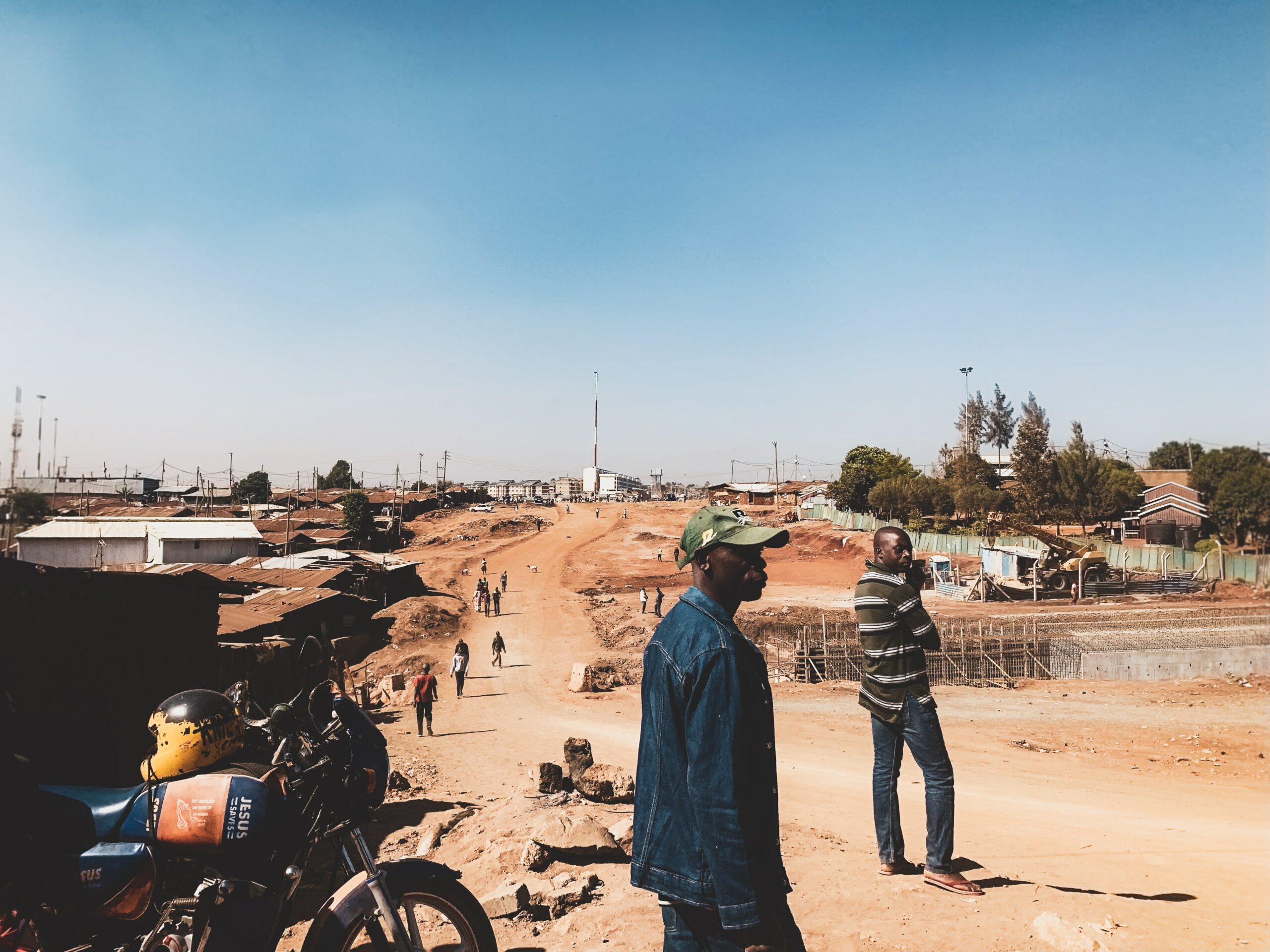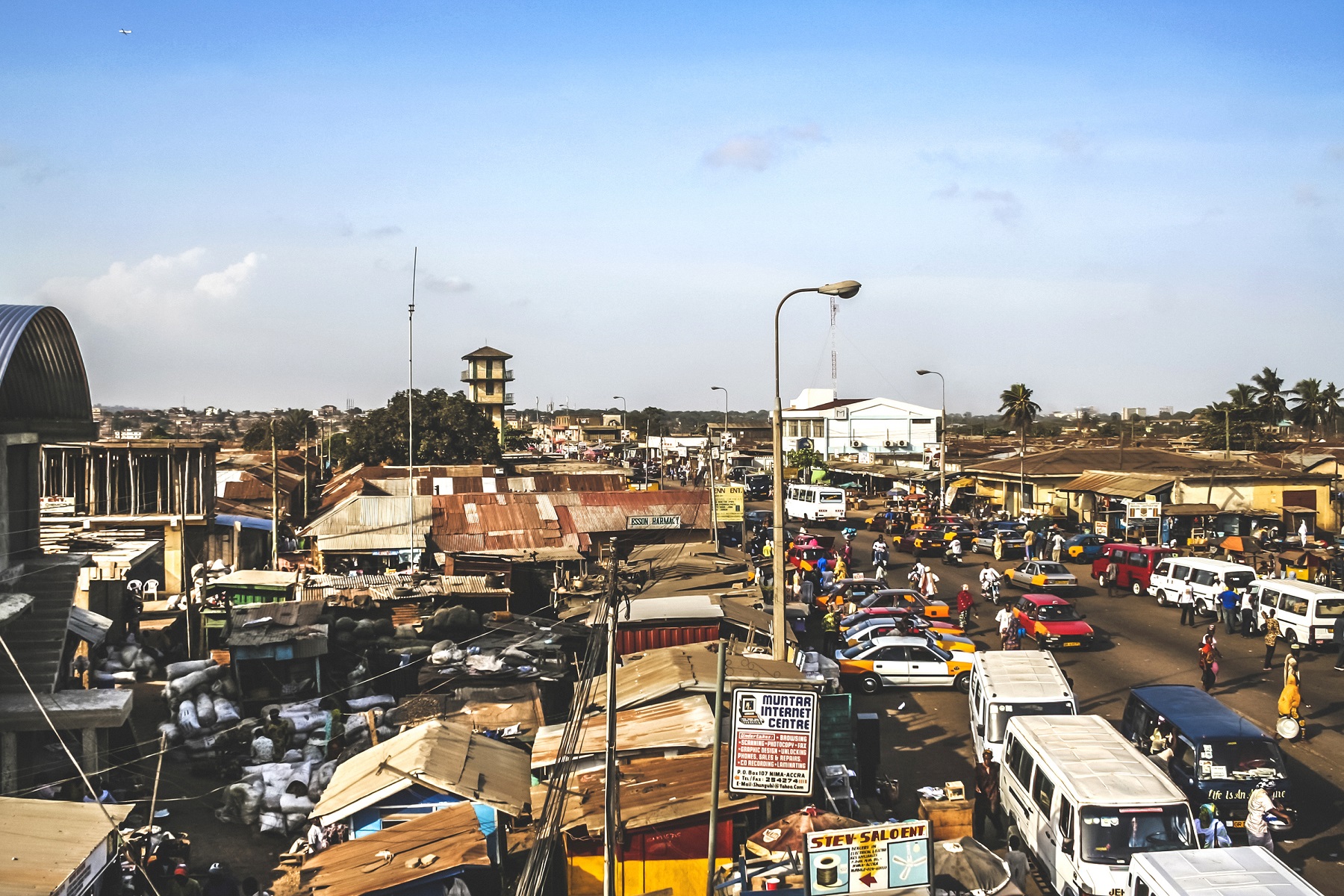Urban development domains
ACRC’s analytical framework uses the concept of urban development domains to transcend both sectoral and traditional systems-based thinking. We define domains as fields of power, policy and practice that are relevant to solving particular problems and/or advancing specific opportunities in relation to cities.
This blog series delves into each of our eight urban development domains, providing an overview of their context within African cities and what we are seeking to interrogate and better understand through our research.
By Michael Danquah, Rachel Gisselquist, Kunal Sen and Matthew Sharp
Structural transformation involves the movement of workers from low- and labour-intensive productivity sectors to high-productivity sectors. It has historically been associated with a shift from agrarian economies to more industrial economies based around urban areas, as seen in many Western nations as well as the Southeast Asian giants. It is thought to have been crucial to economic growth and poverty reduction, by creating jobs and improving labour productivity.
In many African countries, however, the prospect of a thriving manufacturing industry seems difficult to realise. Urbanisation has taken place without structural transformation and cities’ economic sectors are dominated by low-productivity, informal enterprises. Many of these informal enterprises are found in the services sector, mainly wholesale and retail trade, whilst a few enterprises are engaged in informal manufacturing. Large segments of the urban population work in the low-paid, informal wage economy, often self-employed. Disentangling the connections between cities and structural change will be essential for creating growth and reducing poverty.
Structural transformation has the potential to foster economic diversification and inclusive growth. For effective policymaking, it is important to understand the drivers of structural transformation at the city level. It is also critical to understand what other patterns of structural transformation – that is, leapfrog development (economic transition from agriculture to services, jumping the manufacturing stage) – might mean for the sustainable growth of African cities.
Ali Jaden Road in Kibera, the largest informal settlement in Nairobi, Kenya. Photo credit: Kate Darmody / Unsplash
City systems and elites
Certain key elements are significant for facilitating productivity growth and structural transformation in cities, and securing the benefits of agglomeration. These include essential city systems of urban planning, infrastructural service provision, state- and city-led productivity-enhancing policies and regulatory frameworks, and educational and technology accumulation strategies.
Adequate and efficient key city systems and infrastructure (such as transport, energy, telecommunications, water and waste management) would accelerate structural transformation. They could generate higher returns and lower entry costs in high public-capital-intensive sectors, as well as helping to increase the productivity of private inputs. They would also reduce operational and transaction costs.
Some national initiatives to facilitate structural transformation involve developing productivity-enhancing “smart cities” that use digital and telecommunication technologies and transportation corridors. Reforms to encourage enterprise investment are also another national initiative, often in response to donor pressure. Such moves are associated with a range of paradigmatic ideas, including the development of city economies and structural transformation, charter cities, “modernisation” and agglomeration economies.
Understanding the role of political leaders in the political economy of city economies and structural transformation is also key. Ruling elites, business elites and their associations, collectives of small and medium enterprises, financial institutions and state agencies play a significant role in the prioritisation and allocation of access to rent (based on identity or political affiliation). One of the issues we will consider is the autonomy of the business elite and/or its connections with those in political power.
Ruling elites need to be committed to investing in earning rents for firms, providing the public infrastructure required for firms to operate productively, and building productive forms of state–business relations. This can stand in tension with the incentives facing elites to extract rents from firms and household enterprises and to enter into collusive relationships, such as offering subsidies and contracts in return for political and personal financing. As an example of how political objectives can result in misplaced economic policies, some ruling elites use job creation for un/semi-skilled youth as a means to gain legitimacy, without paying attention to what is required to provide long-term employment.
A busy street in Accra, Ghana. Photo credit: Peeter Viisimaa
Key ideas and research questions
We will be working in Accra, Harare and Nairobi. These cities have experienced high rates of urbanisation, coupled with high levels of informality – mainly low-productive, informal self-employment. Urbanisation has occurred but workers in these cities are still trapped in low-productive, labour-intensive activities.
Our approach will involve both quantitative and qualitative methods. Firm and population censuses and GIS methods will be employed for the quantitative analysis. The qualitative methodology will consist of 20-25 key informant interviews, conducted with key domain actors.
Key actors
We group key actors influential in the urban development space into three clusters: the private sector, the state (including politicians), and non-state actors.
Private sector
To map and identify the key private sector actors, we use the rents space tool (see below) from the “Deals and Development” conceptual framework. This takes a political settlements view of business–government relations, in order to analyse the rent space – that is, which individuals receive the returns on assets, and how.
According to this framework, in the private sector, the “magicians” and “workhorse” segments of the rents space would tend to dominate. Key business associations, such as local chapters of small business associations, associations of business owners, and Rotary clubs are also relevant, for a perspective of group interests.
Rents space
| Rentiers – companies in the natural resource sector which have offices based in the city. | Magicians – formal and upper-tier informal enterprises in manufacturing and tradeable services. |
| Powerbrokers – telecoms companies, utilities and other infrastructural companies based in the city. | Workhorses – lower-tier informal enterprises, in non-tradeable services. |
The state
The state actors are bureaucrats, local politicians and state-/politically affiliated individuals or groups (mapped below). Bureaucrats and local politicians are more powerful and influential among this cluster.
| Bureaucrats | Local politician | State-affiliated |
| Officials in the ministries of urban development and industry, and other key ministries relevant for economic development. | Elected politicians representing constituencies in city, regional or national governments. | Landlords in informal settlements with political connections or affiliations. |
| Officials in municipalities. | Elected politicians in municipalities. | Brokers – individuals close to the top political leadership who play an important role in canvassing votes in local and national elections. |
Non-state agencies and actors
Non-state agencies and actors influential in the urban development space are civil societies, the media, and experts (see below). Civil societies and the media play a more significant role in this cluster.
| Civil society | Media | Experts |
| Slum dwellers’ and residents’ associations. | Journalists aware of city politics and city-level economic development. | Retired bureaucrats formerly influential in the urban development space. |
| Other NGOS/development partners interested in city-level structural transformation. | Elected politicians in municipalities. | Academics working on urban development. Professionals who are influential in determining urban development outcomes (planners, architects, engineers). |
Governance modalities
Following the initial mapping of the domain’s key actors, drawing on the literature, further analysis at the city level will be carried out. Detailed analysis of our findings aims to capture clearly how the domain is governed in each country at multiple levels. Analysis will also capture how governance modalities in African cities promote or hinder structural transformation and sustainable development. Generally, state actors would lead the formulation and implementation of policies, in consultation with the private sector, particularly business associations and non-state actors. Often the governance dynamics can themselves be binding constraints to structural transformation.
Understanding the connections between the city and the movement of workers from labour-intensive, low-productivity sectors to high-productivity sectors is vital for the city’s growth and sustainable development. The domain is expected to throw more light on the drivers of structural transformation at the city level, as well as its intersections with city political settlements. Priority complex problems will be identified in the domain for all three cities.
Header photo credit: STORYTELLER / Canva Pro. Aerial view of a street intersection in Dar es Salaam, Tanzania.
Note: This article presents the views of the author featured and does not necessarily represent the views of the African Cities Research Consortium as a whole.
The African Cities blog is licensed under Creative Commons Attribution-NonCommercial-NoDerivatives 4.0 International (CC BY-NC-ND 4.0), which means you are welcome to repost this content as long as you provide full credit and a link to this original post.




